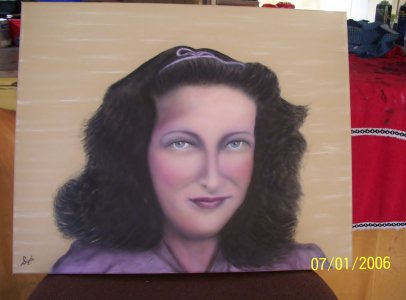I think it all depends on who you talk to and what aproach they use as there are a lot of different way's "floating around". Even the standard (opaque or transparant) aproaches will varry person to person as everyone puts his/her own twist on it.
I've done a couple of portraits but seem to change the way I do them atleast a bit each time so it might be an idea just to read up on some step by steps and make some tests to figure out what suits you best.
As for how dark you can go, that thus will depend on how you build your layers. Some experience in how your paint/color behave is also essential when working in transparants and the only way to get knowledge of that is hands on experience (after you know color theory ofcourse).
The way I did my last few portraits I basicly split the "underpainting" in one for the light and one for the dark areas.
-In the darkareas and darker midtone areas I start with umber (most of the time) and you can go as dark as you want (don't exceed the greyscale though).
-In the light areas (and lighter midtones) I use fleshtone and try to aproach the greyscales (don't hit the highlights)
-After that I do texture
-Next I hit/blend it all with flesh tone. This way the texture parts in the darkest parts get a nice fleshtone hue. this is also the reason you can hit max greyscale here as you will slightly lighten it now.
-next phases are adding color, texture, correcting greyscale etc and I end with adding the real darks.
The above is just how I do it at the moment (absolutely not saying it'sthe way to go, its how I do it) and just came about by actualy painting ortraits and (and this is important

) studying what what I did actualy resulted in. That way you start to build experience and knwoledge and soon find that you start to put your own twists on know systems.
That being said for my next one I'mgoing to let go of the above and try to see where the "buffer system" will lead


